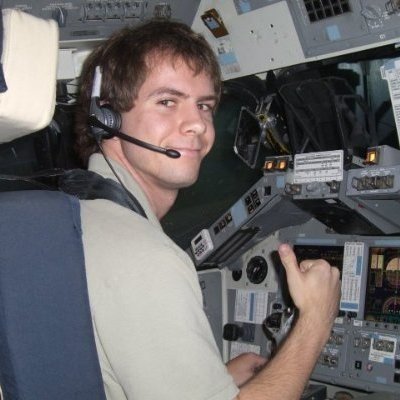Gregory Kelderman is currently making significant strides as a Graduate Research Assistant at Texas A&M University, where he is deeply engaged in pioneering research on the viability of a small-scale intensity correlation interferometer (ICI). His work focuses on assessing the performance of various ICI system...
Gregory Kelderman is currently making significant strides as a Graduate Research Assistant at Texas A&M University, where he is deeply engaged in pioneering research on the viability of a small-scale intensity correlation interferometer (ICI). His work focuses on assessing the performance of various ICI system configurations, a critical area in the field of optical engineering and signal processing. Gregory's expertise in Model-based Systems Engineering (MBSE) and digital signal processing is instrumental in advancing the capabilities of ICI systems, which have applications in fields ranging from telecommunications to remote sensing.
In his previous role as the lead of an Active RF Algorithm Integration team, Gregory honed his leadership skills by managing a talented group of software developers. Together, they were responsible for the integration and rigorous testing of embedded software and digital signal processing algorithms on complex program platforms. His hands-on experience with tools such as Matlab, MatrixX, and LabVIEW, combined with programming languages like Python and Fortran, has equipped him with a robust technical foundation that enhances his research capabilities.
Additionally, Gregory's role as the flight test lead for multiple captive flight tests has provided him with invaluable insights into real-world applications of theoretical concepts. This experience not only underscores his proficiency in systems engineering but also highlights his ability to translate complex technical requirements into actionable testing protocols. As he continues to explore innovative solutions within the realm of ICI systems, Gregory is poised to contribute significantly to advancements in signal processing and optical technologies, making him a valuable asset to both academia and industry.







